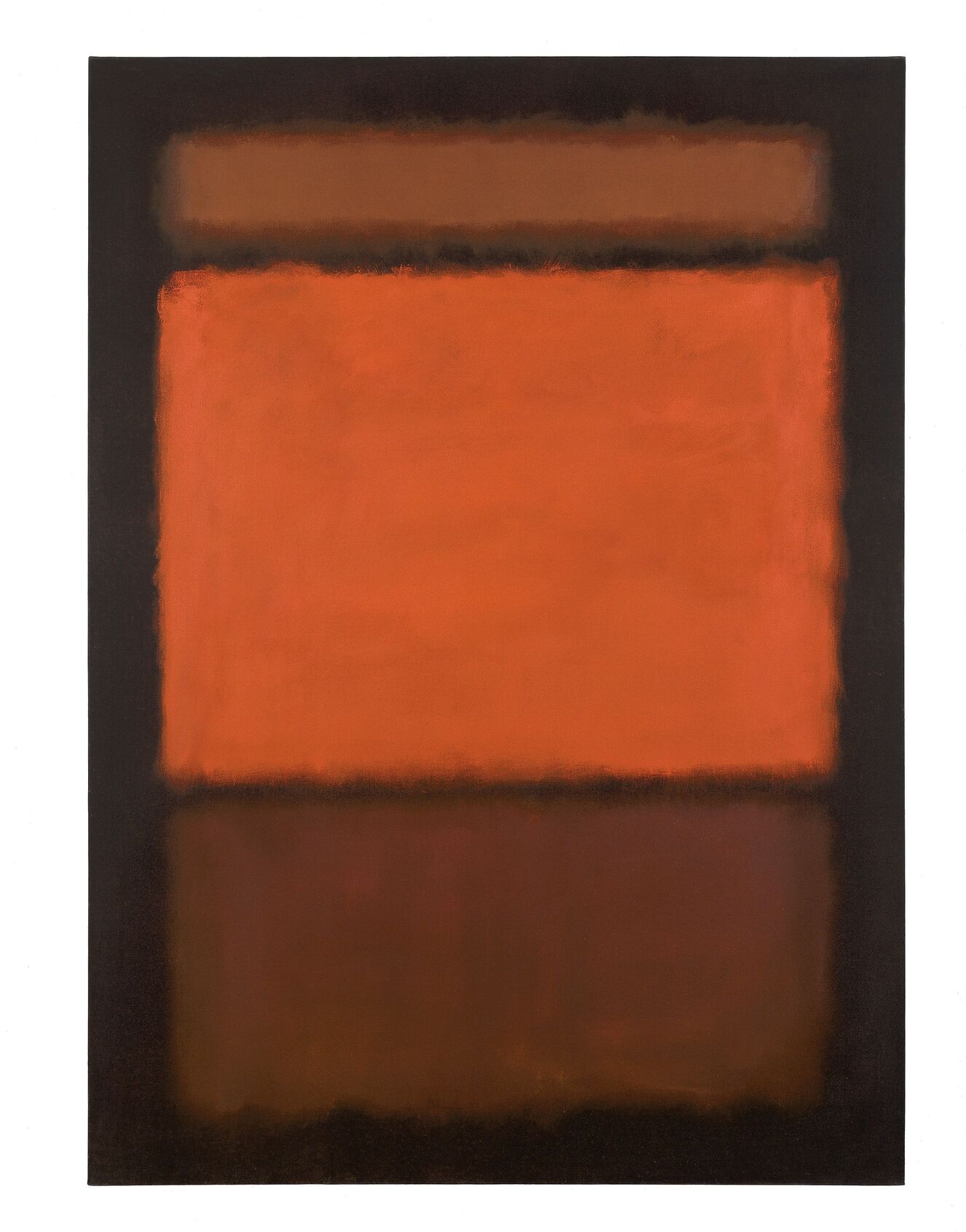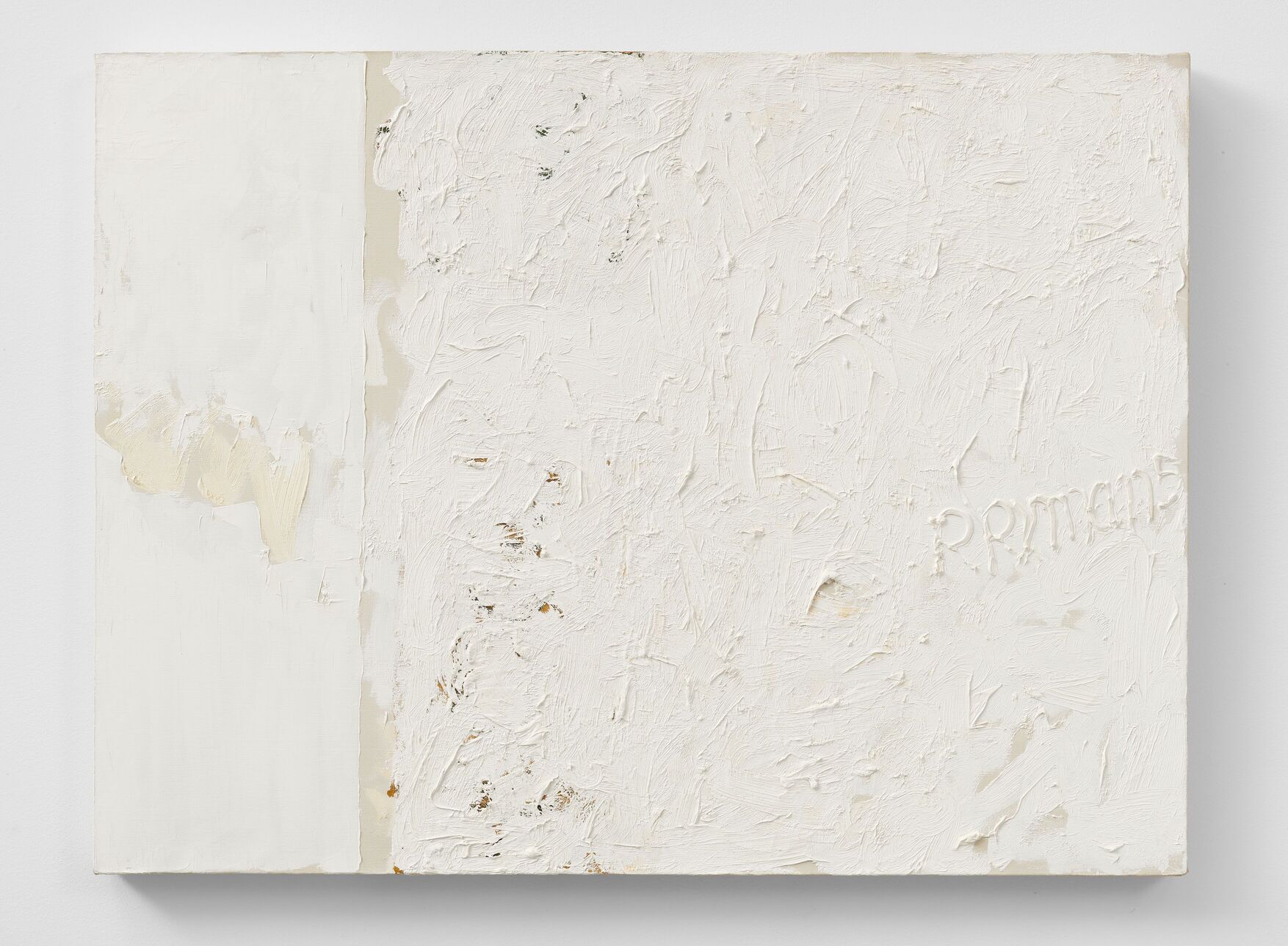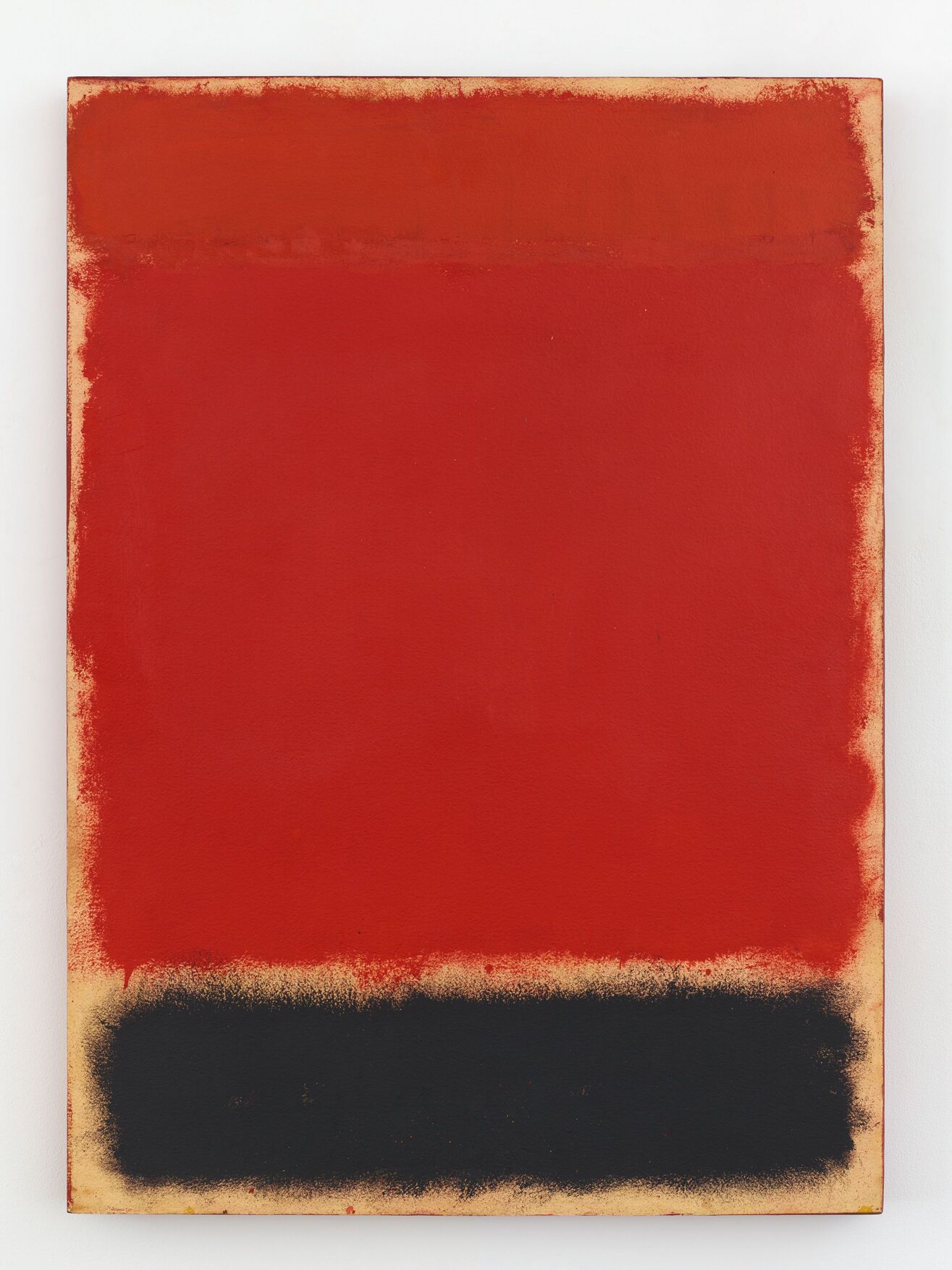A long-delayed pictorial dialogue finally takes shape: the Hauser & Wirth gallery in Zurich’s Bahnhofstrasse space presents from June 12 to September 13, 2025, the exhibition Just There, an unprecedented encounter between Mark Rothko (Dvinsk,1903 - New York, 1970) and Robert Ryman (Nashville, 1930 - New York, 2019). Curated by Dieter Schwarz, the exhibition brings together an essential but intense selection of works by the two American artists, offering an unprecedented opportunity to explore affinities, divergences, and profound attunements between two masters of 20th-century abstract painting.
This is the first time that the works of Rothko and Ryman have been exhibited in direct confrontation, without thematic mediations or chronological interpositions. Yet their silent dialogue seems long overdue, for both, though belonging to different generations, redefined how the viewer relates to image, light and pictorial matter. The works in the exhibition cover an important time span: Rothko’s paintings come mainly from the 1950s and 1960s; Ryman’s range from the late 1950s to the 1990s. Active in the context of postwar American abstract painting, Rothko and Ryman share the status of outsiders, of solitary figures who pursued an idea of pictorial perfection as absolute as it is difficult to approach. Not surprisingly, both were often exhibited in monographic settings, in quiet, collected rooms where nothing would distract the eye from the inner tension of the paintings. Ryman, in particular, had expressed a desire for his works to be shown alone, as they were too complex to coexist with other visual languages. The exhibition Just There thus represents a break, a bold curatorial choice motivated by reasons beyond chronology or formal classification.
Robert Ryman rarely spoke of his contemporaries, yet he returned to Rothko’s name often. His first encounter with the Russian-American artist’s paintings came in the 1960s, when the Museum of Modern Art in New York organized the first retrospective devoted to Rothko in 1961. The event marked a watershed moment for many young painters of the time, Ryman included. At the time he was taking his first steps as an independent artist, having recently decided to open his own studio and devote himself entirely to painting. The impact with Rothko’s paintings was decisive: not so much for stylistic adherence as for the discovery of a new way of conceiving painting as a transparent process, where nothing is hidden and everything, from matter to thought, is offered to the eye.
In time, Ryman would summarize this experience in a formula that gives the exhibition its title, “There was the color, the form, the structure, the surface and the light-the nakedness of it, just there.” The essence of his fascination is captured in this sentence: the nakedness of Rothko’s painting, his ability to show each constituent element without concealing it behind narratives or symbols. Although very different in approach and vision, Rothko and Ryman share a common quest for light, understood not only as a physical element but as a condition of the painting’s existence. In Rothko’s paintings, light seems to emerge from within, as if the colors are pulsing silently in the canvas. In Ryman’s works, on the other hand, light is an external interlocutor, a factor that radically transforms the work depending on the environment, the time of day, the way it is observed. Both, in different ways, reject the idea of a painting as a static object: for them, each viewing is a unique and unrepeatable experience.



Investigation of the pictorial surface is another point of contact between the two. Rothko works by glazing, evanescent layering that generates emotional and visual depths. Ryman, on the other hand, explores painting as a material construction, applying colors, often white, in varying thicknesses and densities, to media ranging from canvas to paper, metal to Plexiglas. Both use a wide range of tools, brushes of different sizes, and unconventional materials, exploring every expressive possibility of the painterly gesture. Their surfaces may appear light or coarse, transparent or thick, shiny or opaque, but always imbued with a physical presence that imposes itself discreetly.
Ryman found in Rothko a confirmation of the idea that painting should not hide its process, but rather exhibit it in its concreteness. It is precisely in this real conception of painting that the two artists meet: both seek direct communication between the work and the viewer, eliminating conceptual or narrative mediations. Painting thus becomes the site of an experience, a suspended time in which the complexity of thought is translated into essential expression.
 |
| Two giants face off: Rothko and Ryman together for the first time in Zurich |
Warning: the translation into English of the original Italian article was created using automatic tools. We undertake to review all articles, but we do not guarantee the total absence of inaccuracies in the translation due to the program. You can find the original by clicking on the ITA button. If you find any mistake,please contact us.